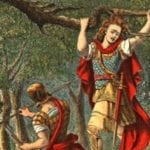 Our World
Our World  Our World
Our World  Pop Culture
Pop Culture 10 Most Heroic Captains From Science Fiction Television and Film
 Facts
Facts 10 Facts About Babies That Will Break Your Reality
 Creepy
Creepy 10 Performance Art Pieces Straight out of a Horror Movie
 Animals
Animals 10 Incredible Animals That Can Switch Their Sex
 Movies and TV
Movies and TV 10 Thrilling Sci-Fi Movies That Take Place At Sea
 Pop Culture
Pop Culture 10 Psychological Thrillers From The ’80s That Make Us Miss The Analog Creep Factor
 Crime
Crime 10 Murderers Who Killed Again After Being Freed from Prison
 Our World
Our World Ten Astonishing Ways That the Earth Is Evolving
 Miscellaneous
Miscellaneous 10 Ways Artists Use Music Science to Control Your Emotions
 Our World
Our World 10 Things You Never Realized About Thunderstorms
 Pop Culture
Pop Culture 10 Most Heroic Captains From Science Fiction Television and Film
 Facts
Facts 10 Facts About Babies That Will Break Your Reality
Who's Behind Listverse?

Jamie Frater
Head Editor
Jamie founded Listverse due to an insatiable desire to share fascinating, obscure, and bizarre facts. He has been a guest speaker on numerous national radio and television stations and is a five time published author.
More About Us Creepy
Creepy 10 Performance Art Pieces Straight out of a Horror Movie
 Animals
Animals 10 Incredible Animals That Can Switch Their Sex
 Movies and TV
Movies and TV 10 Thrilling Sci-Fi Movies That Take Place At Sea
 Pop Culture
Pop Culture 10 Psychological Thrillers From The ’80s That Make Us Miss The Analog Creep Factor
 Crime
Crime 10 Murderers Who Killed Again After Being Freed from Prison
 Our World
Our World Ten Astonishing Ways That the Earth Is Evolving
 Miscellaneous
Miscellaneous 10 Ways Artists Use Music Science to Control Your Emotions
Top 10 Bizarre Deaths of the Middle Ages
The Middle Ages, also known as the Medieval Period, spanned between the fifth and fifteenth centuries, ending with the death of Richard III at the Battle of Bosworth Field. Given the brutality of the time period, the idea of death was viewed very differently than the modern perception, and average life expectancy was significantly lower than today. War and savage violence was extremely common and as such, untimely deaths were not considered unusual. This list encompasses some of the most famously bizarre deaths in recorded history.
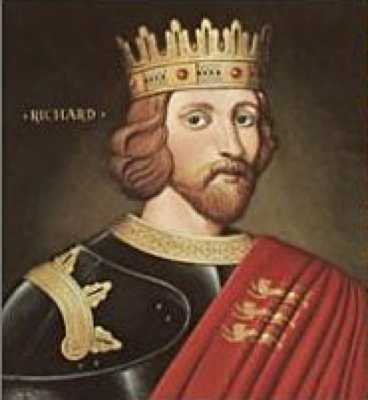
Cause of Death: Shot down by a boy who was holding a frying pan.
In 1199 Richard I had bankrupted England, thanks to the costly Third Crusade and his subsequent ransom payment after being captured by the German Emperor. To finance his war efforts in France, Richard found he needed vast amounts of money which could not be provided on tax alone. Fittingly he died whilst looking for money at Castle Chalus-Chabrol in France, which housed a pot of gold according to rumor. During the siege of the tiny castle, a young boy fighting with a frying pan grabbed a crossbow and shot into a group of knights on horseback. He hit one in the shoulder, and the victim immediately stood up and congratulated the child on his well-aimed shot. This knight was Richard the Lionheart. Richard died days later as the minor wound turned gangrenous, though on his deathbed he awarded his impoverished killer one-hundred shillings in an act of final chivalry. Despite this, the boy who killed Richard was later flayed alive on the orders of one of Richard’s generals and Eleanor of Aquitaine, Richard’s grieving mother, before a public hanging.
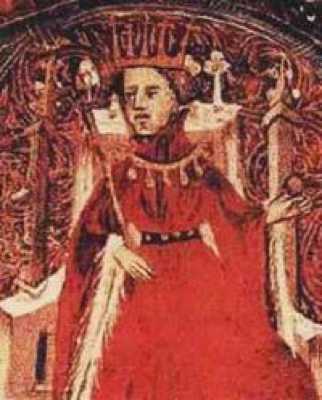
Cause of Death: Indigestion and Uncontrollable Laughter.
During a feast in 1410, Martin, Count of Barcelona and King of Aragon, died in extremely unfortunate circumstances. Contemporaries describe the death as being caused by a lethal combination of both severe indigestion, which Martin had been suffering in the days prior to the incident, and hysterical laughter, which caused him to collapse at the dinner table. Efforts to save the King’s life proved fruitless. Contemporaries failed to report what exactly made Martin laugh so uncontrollably, but it is generally assumed that his indigestion was caused by excessive gorging on eels, a popular dish of the Middle Ages.
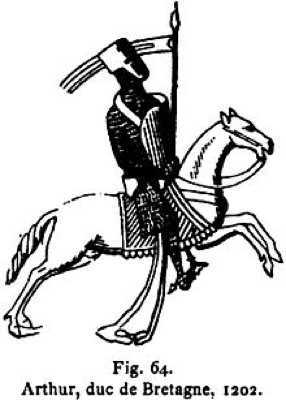
Cause of Death: Allegedly stabbed to death in a drunken rage by King John.
Arthur of Brittany was the figurehead in a rebellion against King John in the early twelfth century. The boy, still in his early teens, was John’s nephew and therefore had a legitimate claim to the English throne which John wanted to discredit in order to secure it for himself. After being captured by John’s forces at Mirebeau Castle, Arthur was imprisoned at Rouen Castle along with his fellow rebels. Many conflicting stories about what subsequently happened to Arthur have been circulated, but one particular explanation seems likely given contemporary witness accounts. This states that John ordered Arthur to be castrated and blinded as punishment for his rebellion, but the jailer refused to commit the act. The furious King John drank heavily and proceeded to stab the sixteen year-old to death in his cell. He then personally tied a large rock to the child and dumped the body in the Seine River, where it was discovered later by fishermen and buried secretly at Bec Abbey.
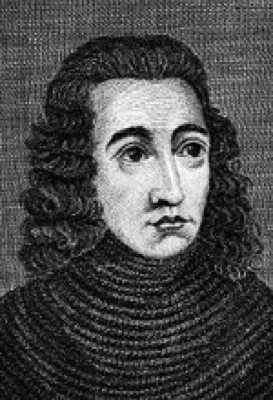
Cause of Death: Drowned in a butt of Malmsey Wine.
George Plantagenet was brother to Kings Edward IV and Richard III, and played an important role in the War of the Roses before his death in 1478. After plotting against his brother and subsequently being convicted of treason, he was privately executed in the Tower of London. The typical method of execution at the time for those of noble birth was beheading, but this was not the case for George Plantagenet. Given his famous reputation for alcoholism, George was forcibly drowned in a large vat of Malmsey Wine, his favorite beverage, at his own request. His corpse was later transferred to the abbey in the same vat full of wine, before his burial.
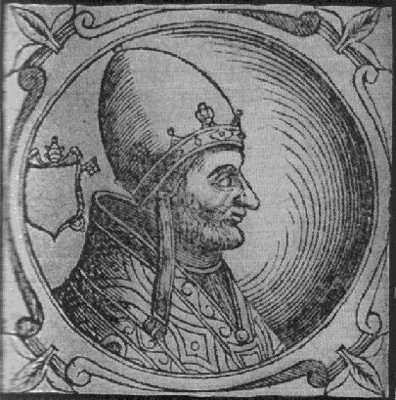
Cause of Death: Choked on a fly in his wine.
Adrian IV reigned in the papal chair for five years until his untimely death in 1159. Interestingly, he is thus far the only Englishman to ever occupy the position, and was born Nicholas Breakspeare, until his coronation. During the final months of his life Adrian suffered from a bizarre form of tonsillitis known as quinsy, which causes excessive pus to build up the mouth and throat. It is believed this contributed to his death, when he took a sip of wine and began to choke on a fly, which had been floating inside his goblet. The build-up of pus combined with the presence of the fly in his throat made for a deadly combination, which caused his death within minutes from choking.
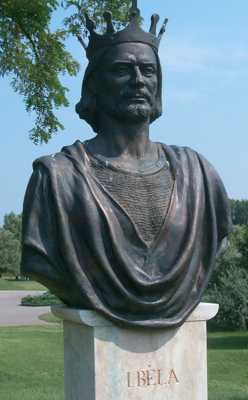
Cause of Death: Crushed by the canopy above his throne, which collapsed upon him.
Bela I of Hungary ruled as King for only a brief three-year period before his bizarre death in 1063. While sitting on his throne, the canopy above him collapsed on top of him causing instant death. Contemporaries believed that the incident was more than a mere accident, and that it was the result of a clever assassination attempt. Bela had numerous political enemies after he himself usurped the throne from King Andrew I of Hungary. Despite the suspicions, no proof of foul play exists, and Bela was succeeded by Solomon of Hungary. Bela’s sons fled the country for fear of persecution by the new ruler.
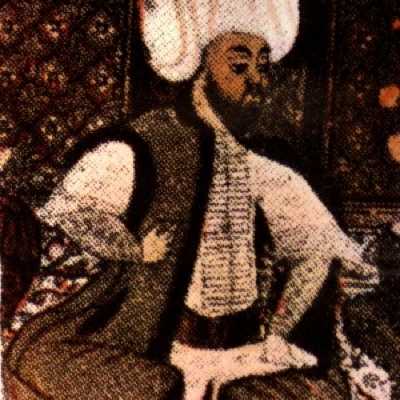
Cause of Death: Rolled up in a rug and trampled by horses.
Caliph Al-Musta’sim of Baghdad ruled in his position of power from 1242 until his death sixteen years later, during the Mongol invasion of the Abbasid domain. By February of 1258, the Mongols, led by Hulagu Khan, sacked Baghdad and captured Al-Musta’sim alive. However the Mongols feared to execute the Caliph in the regular way, which was usually beheading, due to a superstition that spilling royal blood would bring bad luck. Instead, they rolled Al-Musta’sim up in a rug and had him repeated trampled by horses until he died. The process took around fifteen minutes before the Caliph finally died. Furthermore, Al-Musta’sim had many sons, most of which were also executed in the same fashion.
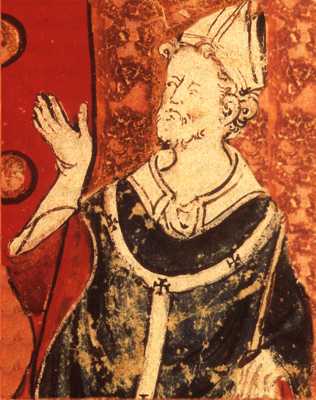
Cause of Death: Partially decapitated while resisting arrest.
Thomas Beckett served first as Chancellor of England, before being elected Archbishop of Canterbury under Henry II of England from 1162 until his death. After numerous disagreements with Henry over the King’s tyrannical law reforms, Beckett found that his life was in danger. The bloody and extremely gruesome climax to the feud occurred in December 1170, when four knights arrived at Canterbury Cathedral and ordered Beckett’s arrest. After refusing to submit, one of the knights smashed the flat of his sword on to Beckett’s head, sending him to his knees. Beckett then began to pray, seconds before the fatal blow was delivered. Another knight lunged forward and delivered a strike which sliced the top of Beckett’s head off just above the eyes. The blow had such force that the sword shattered against the floor in pieces. A third knight then plunged his sword into the cavity in Beckett’s head and scooped out the mangled brains, before smearing them on the floor and stating simply: “This fellow won’t be getting up again.”
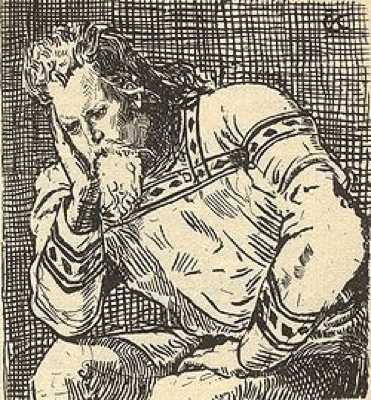
Cause of Death: Infection of a wound received from a decapitated head.
Sigurd Eysteinsson, also known as Sigurd the Mighty, died in perhaps the most bizarre circumstances of spontaneous justice throughout history. Being a proud warrior, Sigurd challenged one of his enemies, Mael Brigte the Tusk (nicknamed so because of his buckteeth), to a pitched battle in which each man would bring forty men only. Sigurd cheated and brought eighty men, and because of this numerical advantage his men won the battle very quickly. In an act of triumphant arrogance, Sigurd strapped the severed head of Mael Brigte to his horse. Amazingly, while riding away from the battle, Mael Brigte’s famous buckteeth scratched Sigurd’s leg, causing a gangrenous infection which eventually claimed his life. Legend has it that Mael’s ghost returned to temporarily embody his severed head to commit a final act of revenge upon Sigurd, for his treachery at the battle.
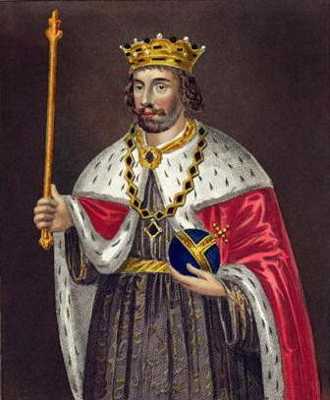
Cause of Death: Allegedly assassinated by having a red hot poker thrust into his anus.
Before his deposition in later death in 1327, Edward II ruled for twenty years as King of England. His reign was famously disastrous and was marred by political distrust and military failures. Immediately after his abdication, Edward’s political enemies decided they could not afford to keep him alive. While imprisoned at Berkeley Castle, a group of assassins confronted him at night and, according to rumor, murdered the former king by forcibly inserting a red hot iron poker directly into his rectum. His public funeral was held the later same year, confirming his death to the people of England. It is said that when one visits Berkeley Castle today, Edward’s screams of agony can sometimes be heard faintly through the walls.
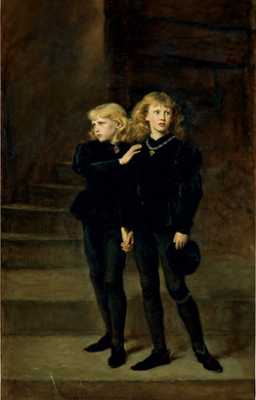
Cause of Death: Unknown.
These deaths of the so-called “Princes in the Tower” were more mysterious than bizarre, but the interesting story of the two innocent children warrants them a place on the list as a bonus. The eldest of the young princes was rightful heir to the throne of England, and it is generally assumed, though never proven, that both children were murdered by agents of Richard III of England, in an attempt to secure the throne for himself. In 1483 both children were accommodated in the Tower of London, which was then a royal residence as well as a dungeon. Around summertime, the princes vanished from the castle grounds without trace. Rumors circulated London that the pair had been murdered by Richard’s men, but nothing was ever proven. Then almost two hundred years after their disappearance, two small skeletons were found under a staircase in the Tower of London, due to a renovation. The skeletons were buried near the castle grounds, and were later exhumed in 1933 to be examined using modern science. The age of the children upon their deaths was dated at around 8-9 years-old for the youngest, and 11-13 years-old for the other, almost the exact ages of the princes around their disappearance.



